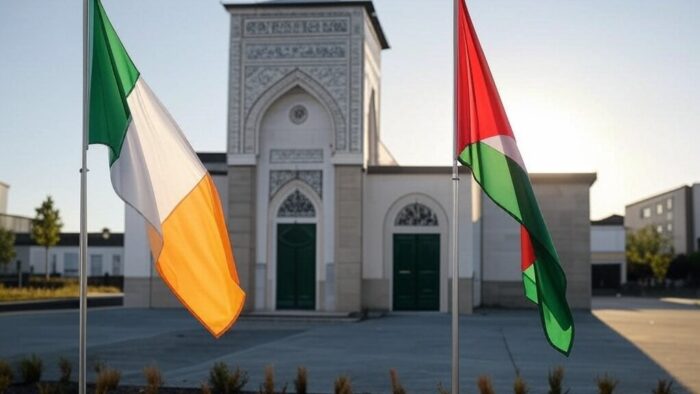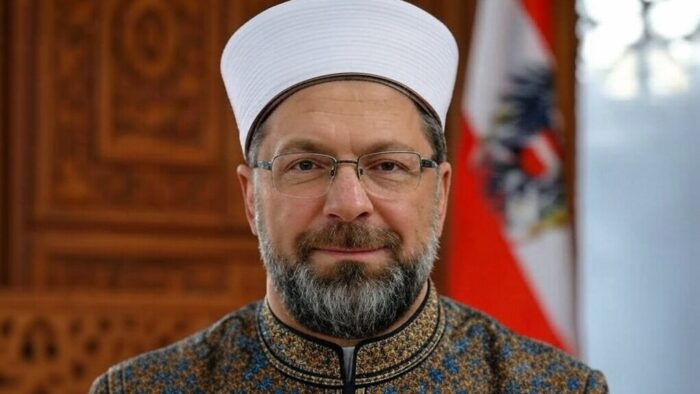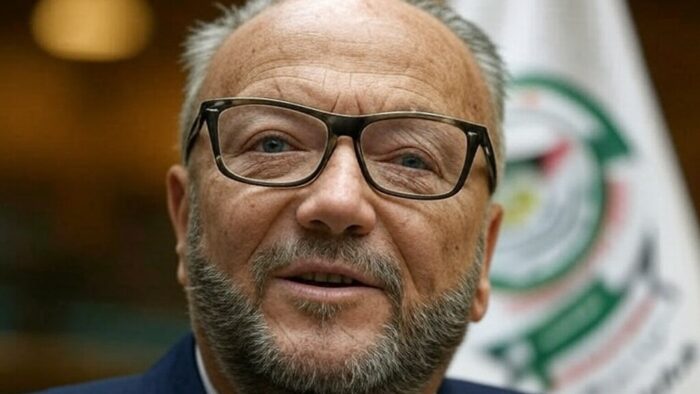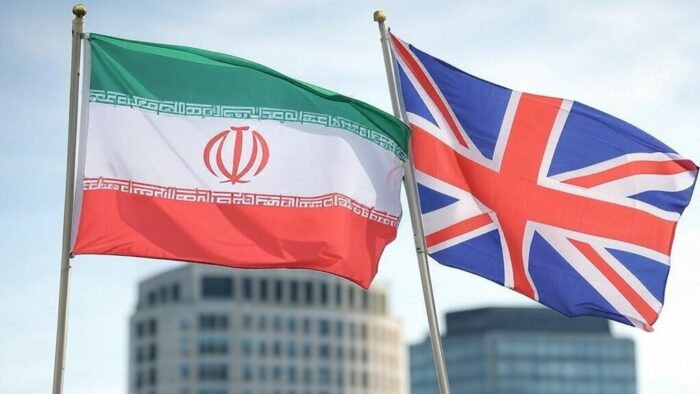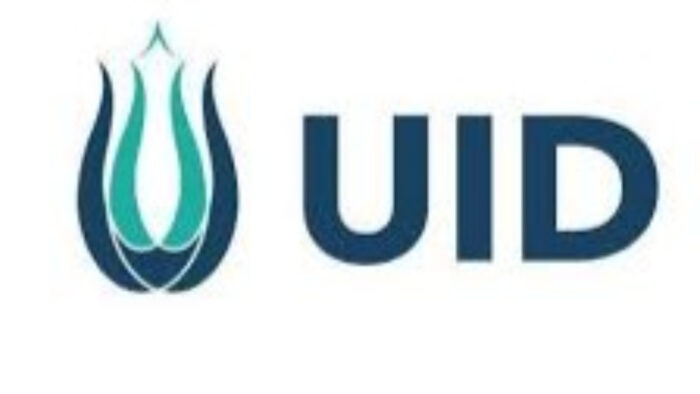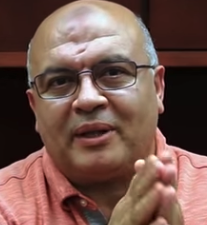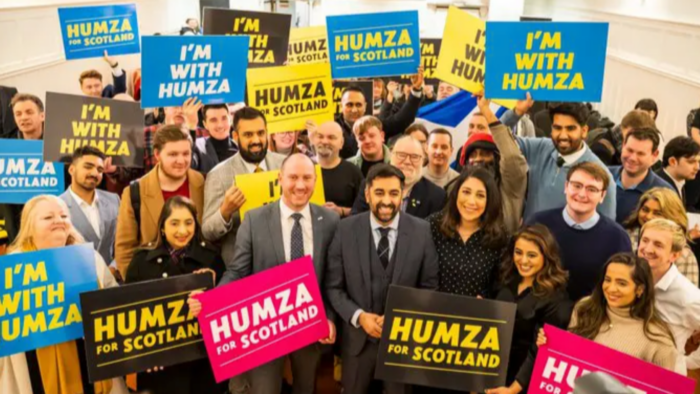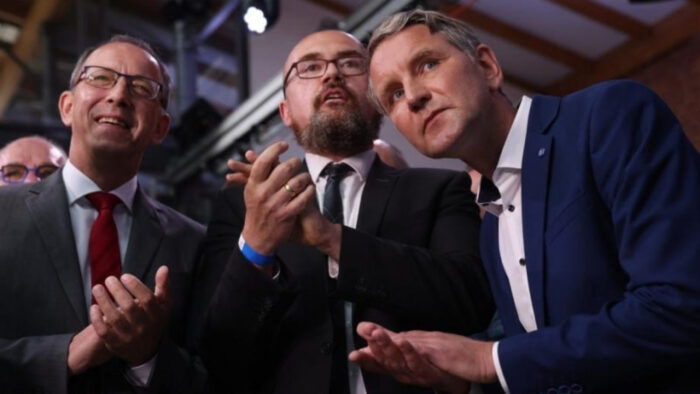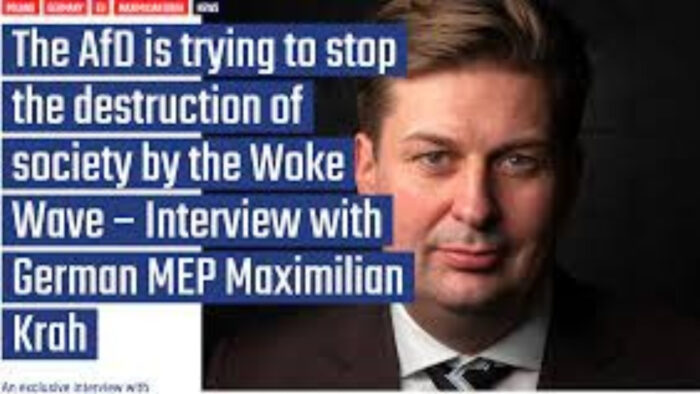On 4 March 2025, MEMRI reported that despite Vladimir Putin’s popularity among European far-right parties like Germany’s AfD, their policies fundamentally contradict Russia’s actual governance practices. The article begins:
The German far-right “Alternative für Deutschland” (AfD) recently achieved a remarkable electoral success: More than 10.3 million citizens, or 20.8 percent of all participating voters, granted it a record 152 seats in the Bundestag, German parliament’s lower chamber. The party is considered not only ultra-right, but is almost always called “pro-Putin” since its leadership calls for lifting of all sanctions imposed on Russia, and its members have been quite often spotted in Moscow. I would say, that not only the AfD, but many other European extreme right forces are accused of maintaing close ties to the Kremlin – and their followers most commonly praise President Putin for his promotion of “traditional values” and “sovereignty,” as well as for his opposition to the “decadent West.” President Putin has become an idol for many radical political forces in Europe but one of the paradoxes that I see in this phenomena is that in fact there are few reasons for their supporters to become Putin’s admirers – first and foremost since he is not stuck to almost anything the “far-right” stand for, and if someone wants to prove this, she or he should look more closely at Putin’s deeds and compare them with the basic promises that the non-mainstream parties are giving…
Key Points:
- AfD’s core principles of term limits, election freedoms, and referendums directly contradict Putin’s 25-year rule and restrictions on political participation.
- While AfD opposes uncontrolled immigration, Putin has allowed 30 million mostly Muslim immigrants into Russia with minimal oversight.
- Russia’s “traditional values” campaign has resulted in decriminalizing domestic violence and persecuting LGBT+ people while failing to reverse population decline.
- The author suggests exposing how Putin’s policies contradict far-right values rather than focusing on his anti-Western positions to undermine his popularity.
The Global National Conservative Alliance (GNCA) is an ideological coalition uniting right-wing and far-right movements worldwide under shared principles of national sovereignty, cultural identity, and opposition to global institutions. It represents a significant shift in U.S. conservatism, moving away from Reagan-era ideals of free markets and global leadership toward a more nationalist and protectionist agenda. The GNCA has gained prominence through events like the National Conservatism Conferences, which bring together European far-right leaders, American conservatives, and other global figures to advance a shared ideology and strengthen transnational ties. Many of Donald Trump’s appointees have attended these conferences, underscoring the alliance’s growing influence in U.S. politics. Although Russia initially sought to lead this movement, its role has been diminished by the war in Ukraine, allowing Hungary to take a central position as a bridge between European and American conservatives. Under the banner of “National Conservatism,” the GNCA continues to grow, raising both opportunities for collaboration and concerns about information warfare and challenges to democratic institutions.
For a list of worldwide GNCA political parties, go here.
For a GIOR analysis of GNCA positions, go here.
Disclaimer: The GIOR utilizes AI to generate summaries of news items, including the introduction and the key points that follow. Any text following the key points is context added by GIOR editors. Please verify all information before using. Images are also AI-generated and are for illustrative purposes only—they are meant to represent the events or individuals concerned but should not be understood as “real-world” photography.
